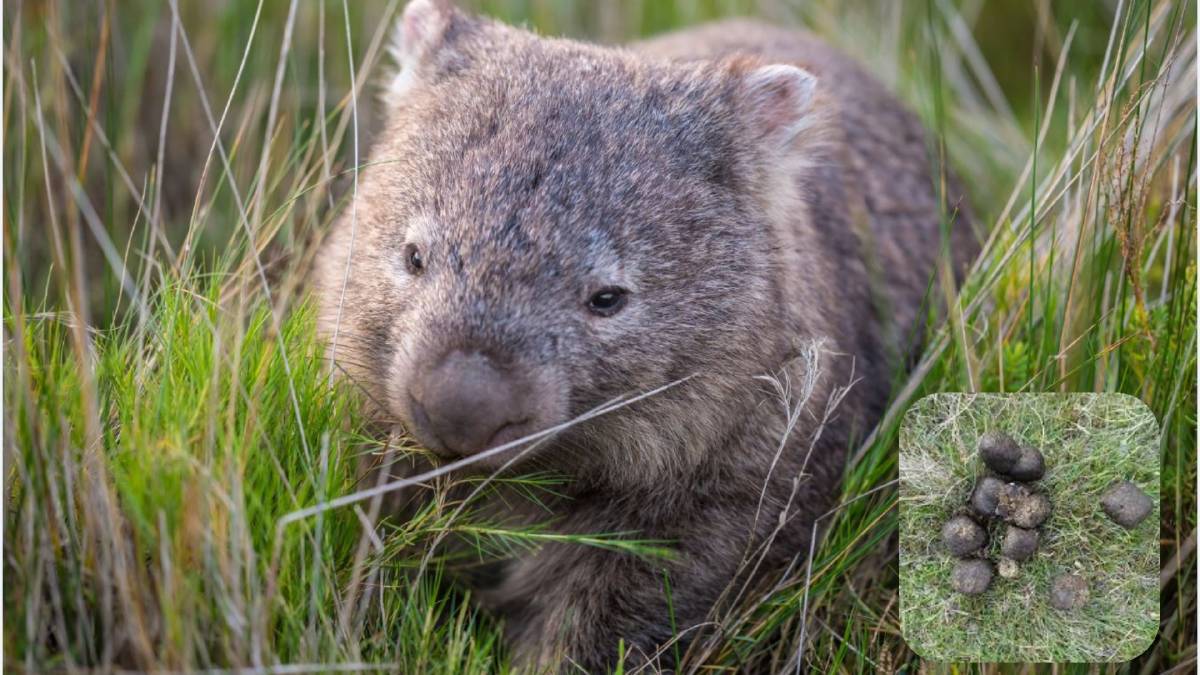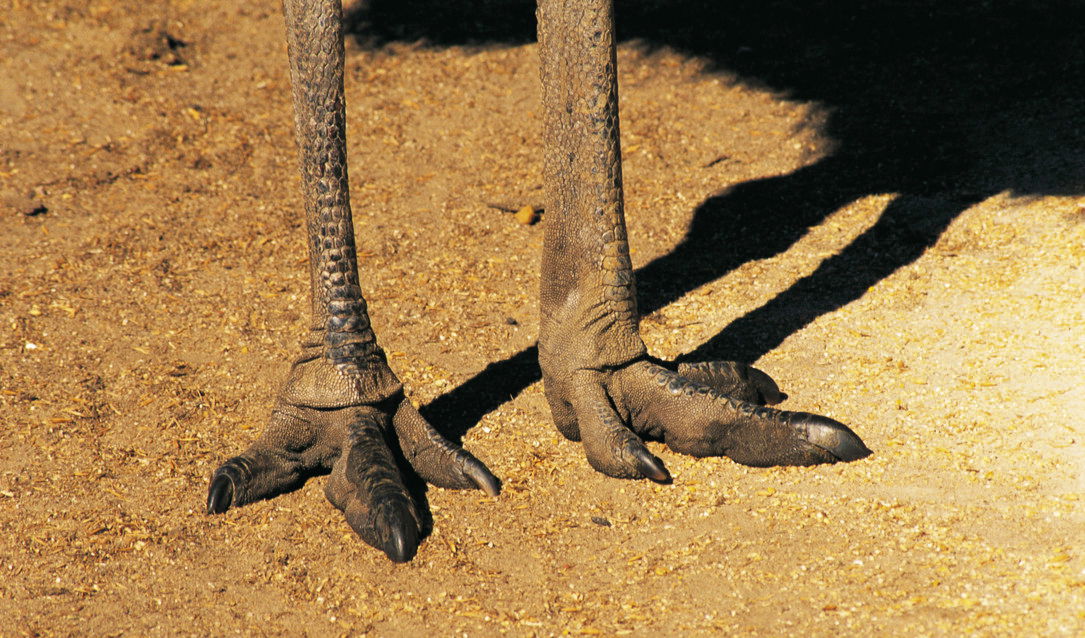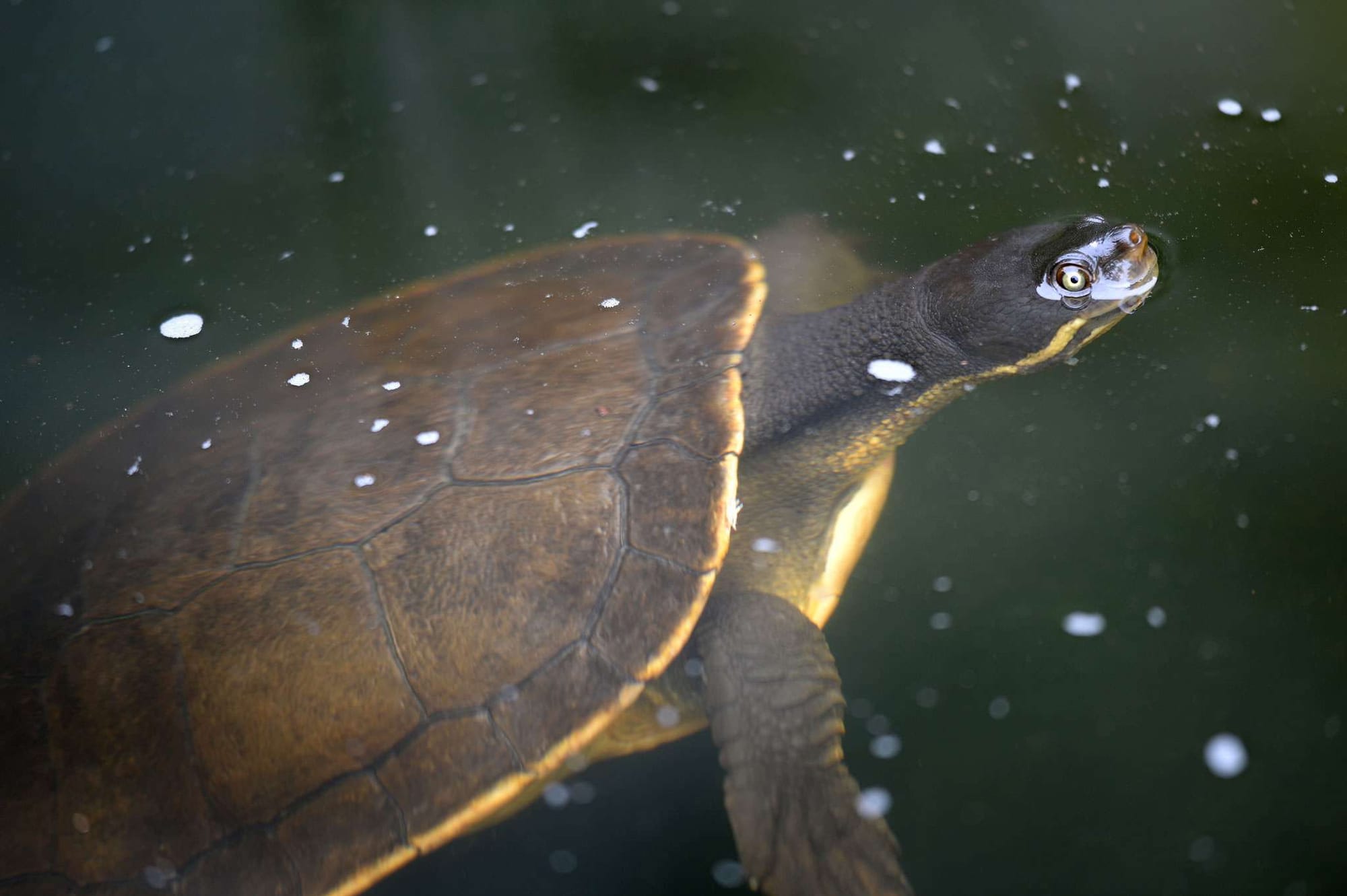Types of Adaptations

A behavioral adaptation is an action that animals carry out to increase their chances of survival and reproduction. The behavior may be learned or passed on from one generation to another or become an instinctive behavior passed on genetically. Some adaptations are individual and others are changes to group's or an entire species' behavior. These acts are examples like migrating when there is a shortage of food, hibernation which allows animals to store energy in environmental stresses, like winter.

Structural adaptation is when the organisms body has physical characteristics fit for its environment and lifestyle. The adapted physical trait of an organism affects the way it moves, eats, reproduces and protects itself. Structural adaptation features the organism’s colour, shape, skin, hair, length of limbs, weight, etc. The ability of an organism physically changing is important as their environment evolves too.

A physiological adaptation is the change in an organism’s bodily response to environmental features and particular circumstances. These responses include; shivering in the cold, sweating in the heat, producing water absorbing tissue in water lacking environments, using less oxygen at high altitudes, etc. Being able to change in such a way is essential for the potential environmental differing, to be surviving comfortably in the surroundings characterististics and its resources the organisms are in.




